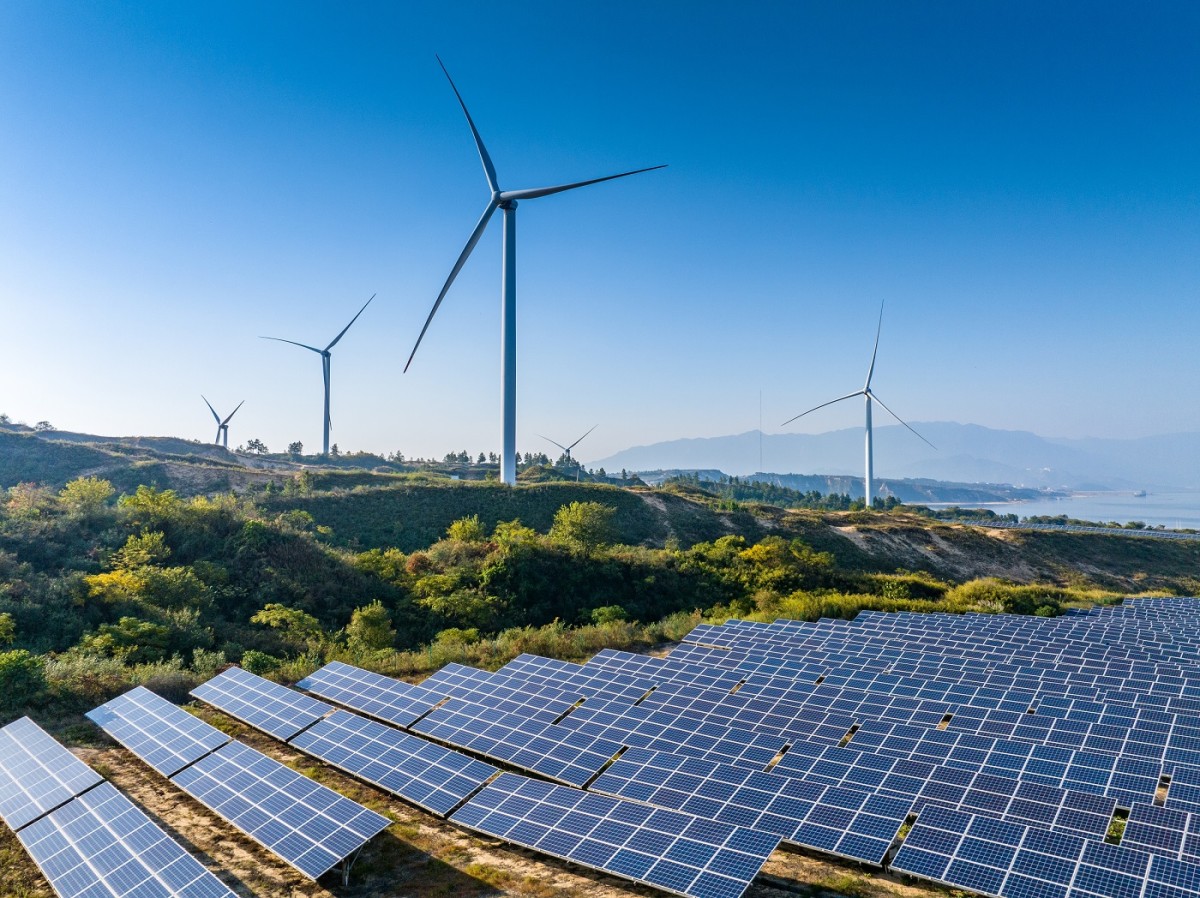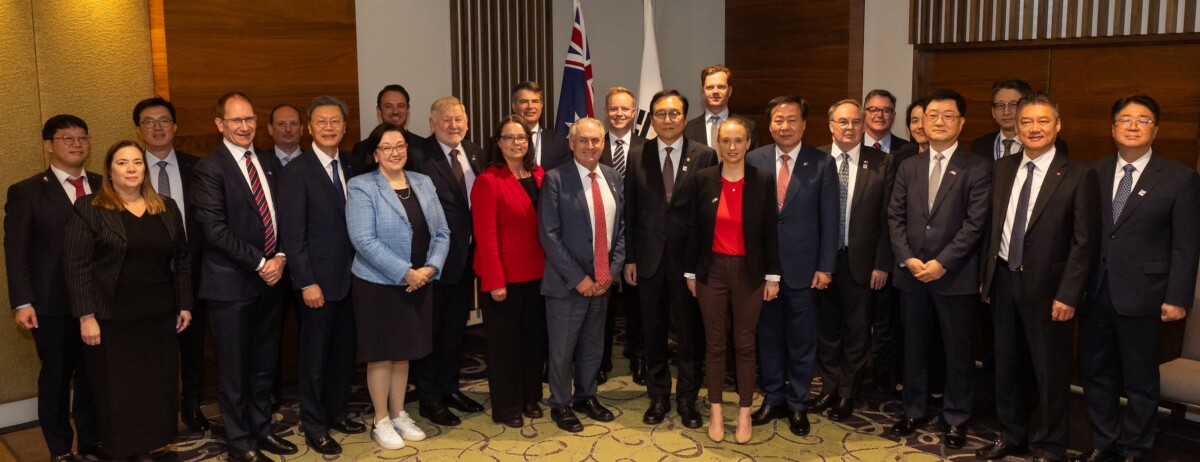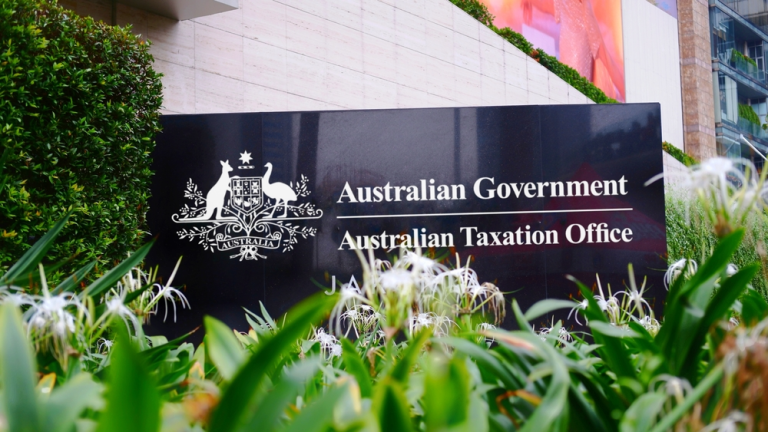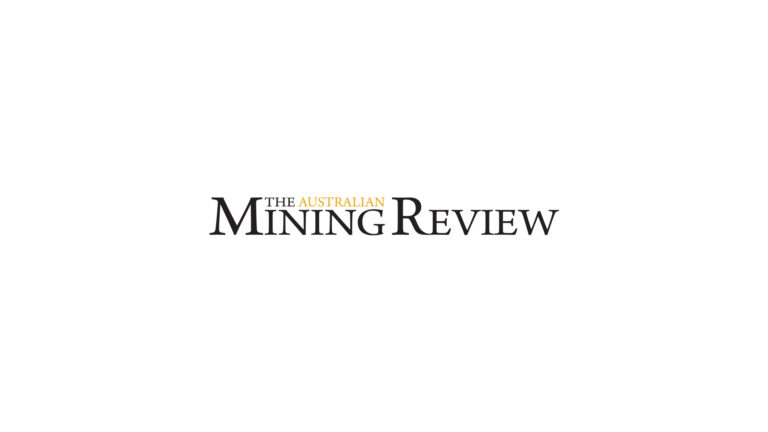
A report released by Climate Energy Finance (CEF) highlights that failure to electrify and decarbonise WA’s Pilbara region risks Australia’s $250b future green iron industry.
The report, SUPERPOWERING-UP: Accelerating the electrification and decarbonisation of the Pilbara, said a single common-user electricity grid infrastructure (CUI) is the critical key to decarbonising the region and reaping the economical benefits for Australia’s green transition.
As stated in the report, a CUI would unlock up to $100b of new investment in renewables, battery firming and transmission, ensuring the Pilbara’s critical minerals, strategic metals and transition materials can be processed and value-added onshore using zero-emissions power.
CEF director and co-author of the report Tim Buckley says now is the time to invest in new technology developments and renewable energy infrastructure.
“A common-user infrastructure grid in the Pilbara would enable investment at speed and scale, and encourage collaborative efforts to value-add our iron ore ‘rivers of gold’ whilst they are still world-leading,” he said.
“The opportunities for WA to lead and accelerate the development of a green steel global supply chain are huge.
“But the current 2% renewables grid shows Australia is lagging, stuck in the dig-and-ship mentality of the last century.”
With global competition in strategic metals and minerals escalating, fossil fuels declining and carbon border tariffs expanding, there is a challenge facing Australia’s economic security.
The report states that the Pilbara currently only sources 2% of its electricity use from renewables and a CUI would enable multiple stakeholders to efficiently and cost-effectively electrify and decarbonise operations.
Key recommendations from the report include:
- All stakeholders should centre social licence and First Nations equity participation in Pilbara decarbonisation by prioritising consultation and agreement with First Nations people on energy infrastructure
- State and Federal governments should introduce overriding public interest principles into environmental approvals process for renewable energy, infrastructure, storage and green manufacturing projects
- The Federal Government should prioritise the Pilbara for strategic national-interest public investment under its Future Made in Australia Act
- The WA and Federal governments should work to deploy the $3b Clean Energy Finance Corporation concessional financing committed to WA under the Rewiring the Nation program
- The WA Government should prioritise development of a Common-User Grid Infrastructure Plan
CEF net zero transformation analyst and lead author of the report Matt Pollard calls on the Federal and WA governments to work collaboratively to accelerate a Pilbara CUI.
“The Pilbara has a significant challenge in building out large-scale infrastructure such as the transmission grid and renewable energy capacity given its harsh conditions, isolated location and high-cost labour market,” he said.
“Failure to invest now in grid buildout and renewables capacity to value-add our minerals and metals resources onshore with clean energy is a significant threat to our competitiveness in a world economy increasingly pricing carbon.”







